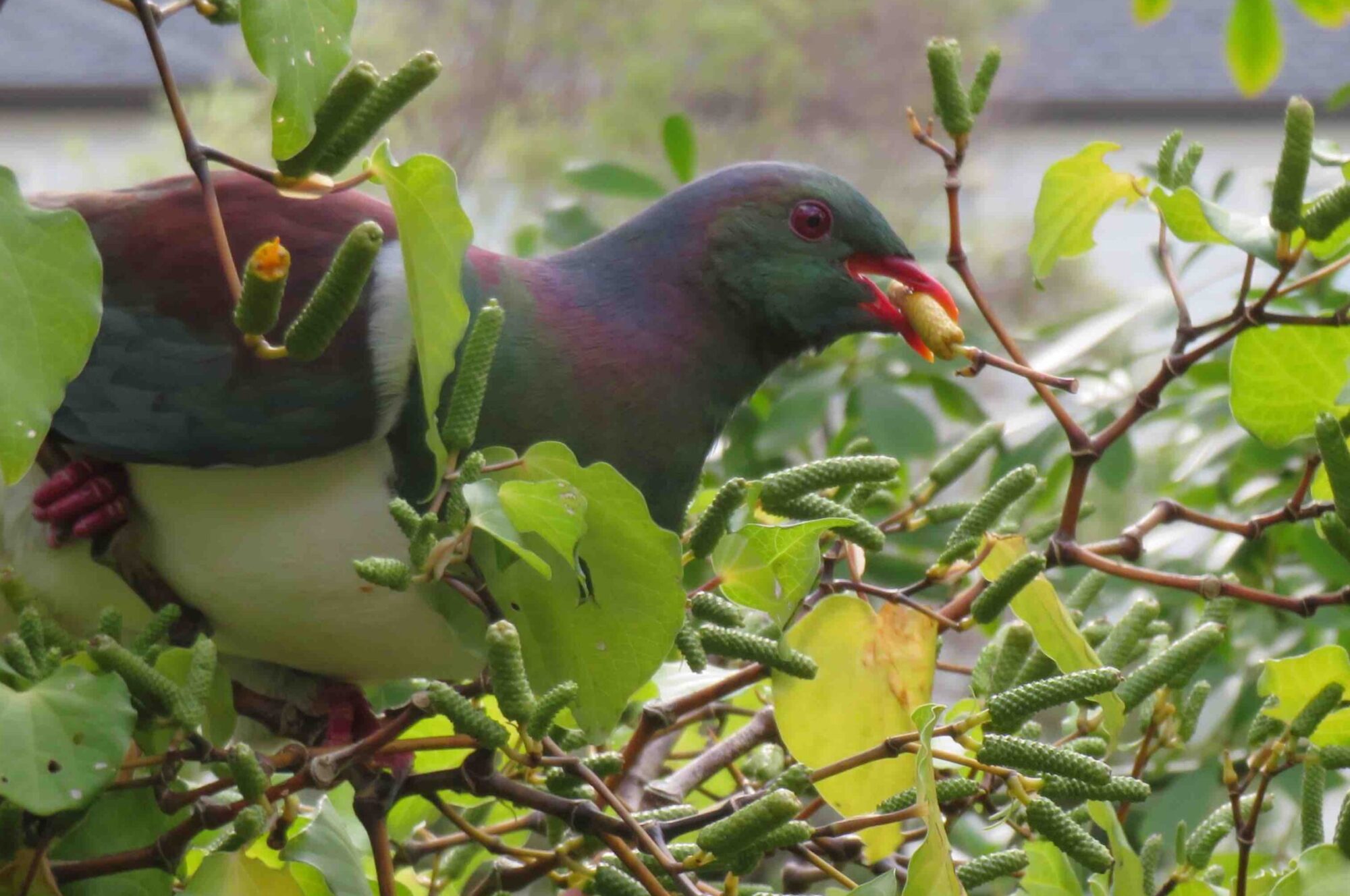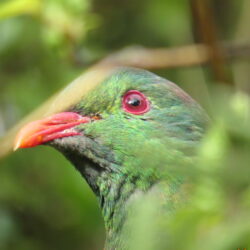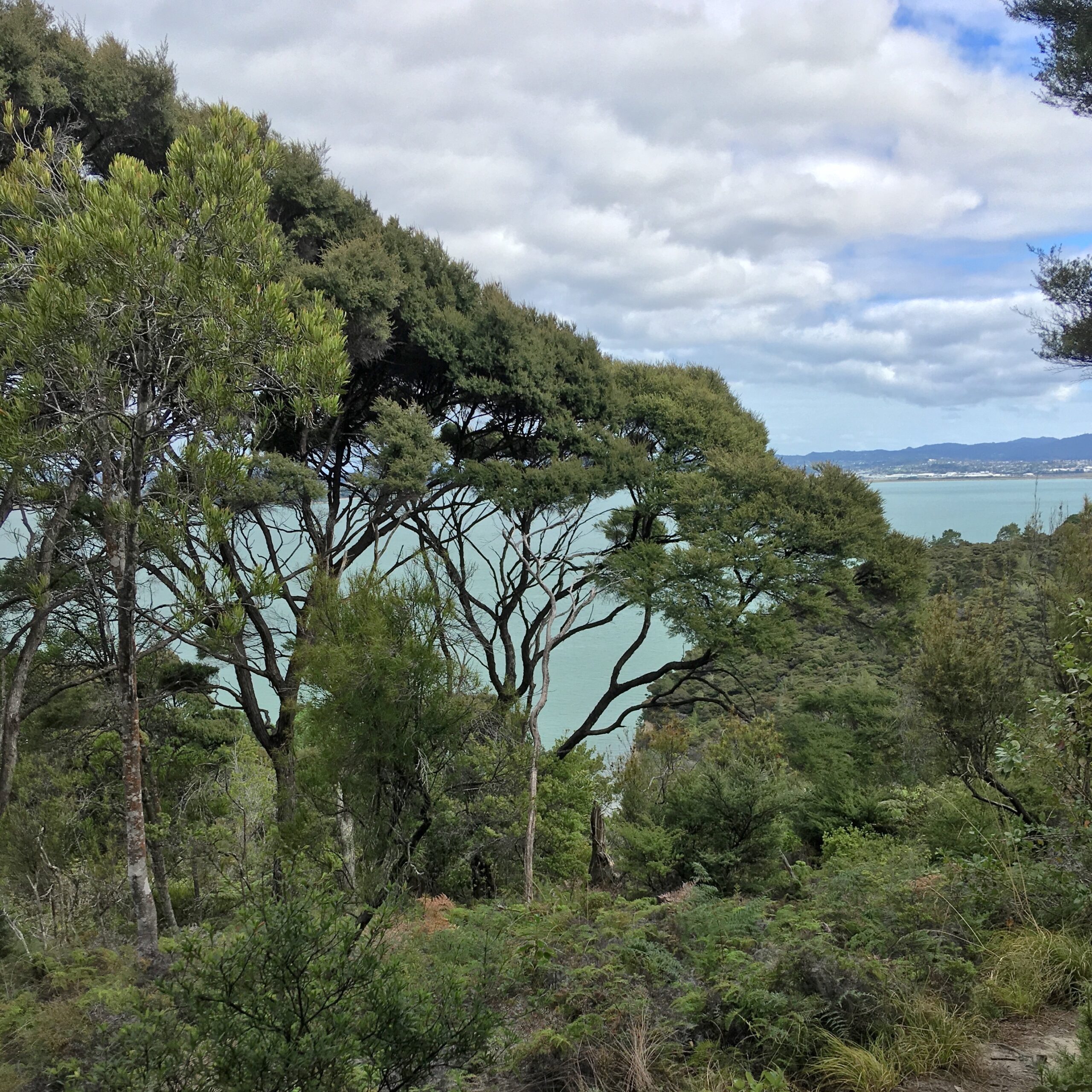Are you looking to restore a forest edge, streambank or wetland based on the hundreds of native species evolved to be perfectly suited to the soil and micro-climates of your property?
We use a chemical-free methodology of restorative weed management, based on recognition of the natural forest successions seen in manuka/kanuka scrub, low-fertility gumland, streamside and saltmarsh, with careful identification of the existing plants, ecological assessment of plants, landform, fauna, soil, and water flow, and 35 years of observation and experience.

Liberated from invasive weeds, in soil enriched with the resulting compost, remnants of native habitats thrive and a new generation of native plants arises spontaneously.
Some of the strategies and techniques we use are common to organic gardening and permaculture. These methods depend on soil loosened over time by the incorporation of organic material, and alive with the microbes that allow healthy plant processes.
Where foot access is needed, soil and plants are protected from trampling and bogging by the creation of simple, attractive paths, formed from the woody materials produced by surrounding plants.
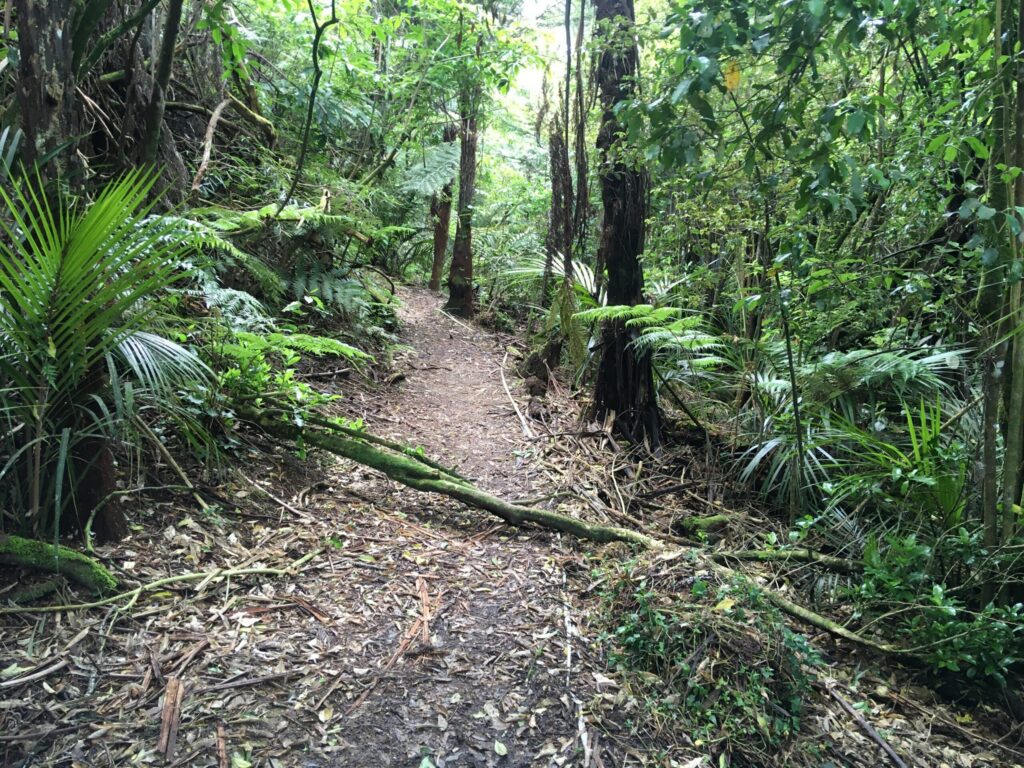
For examples of successful environmental weed control of large areas through our chemical-free methodology, see Our Projects, which include Gahnia Grove.
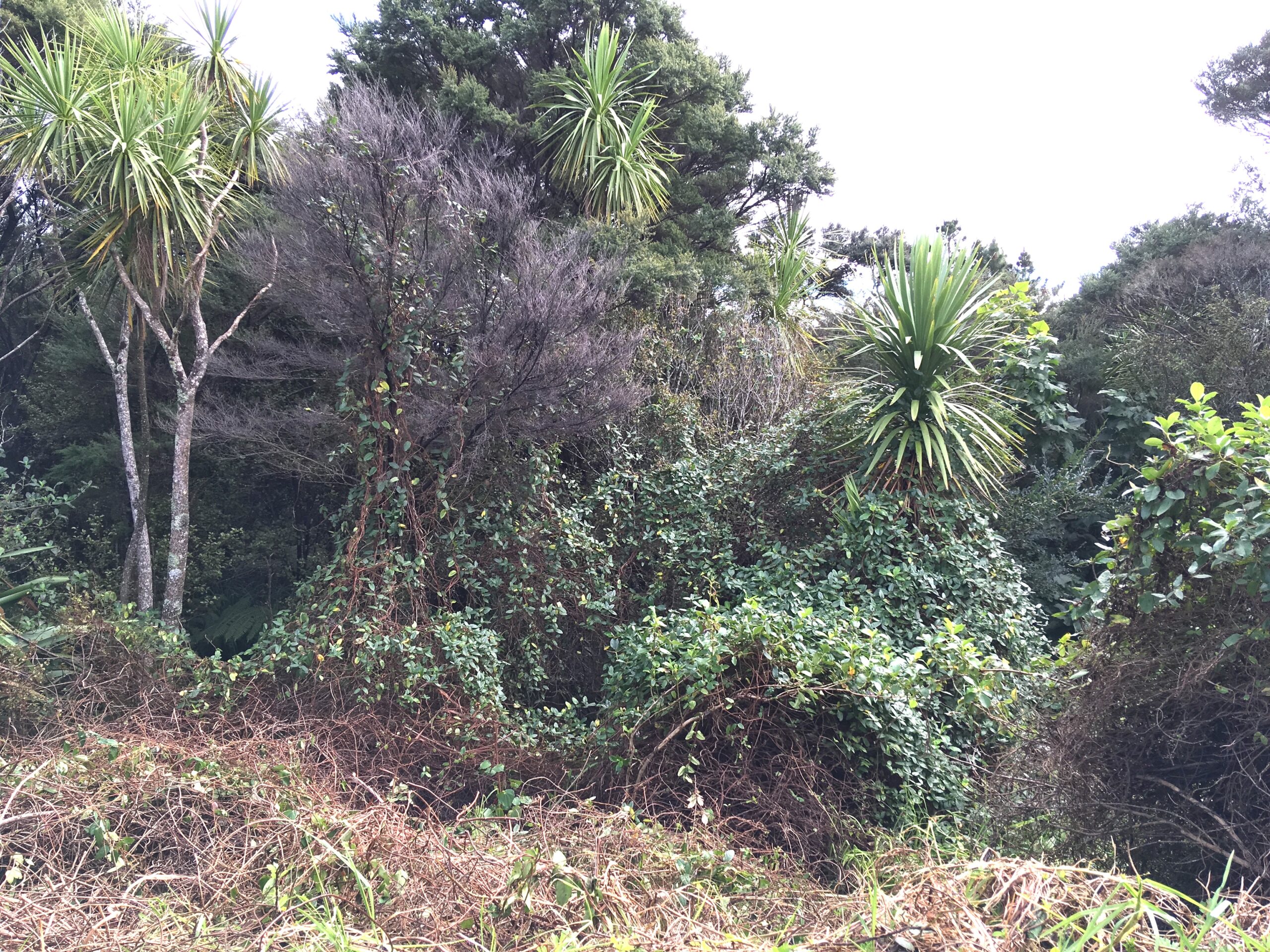
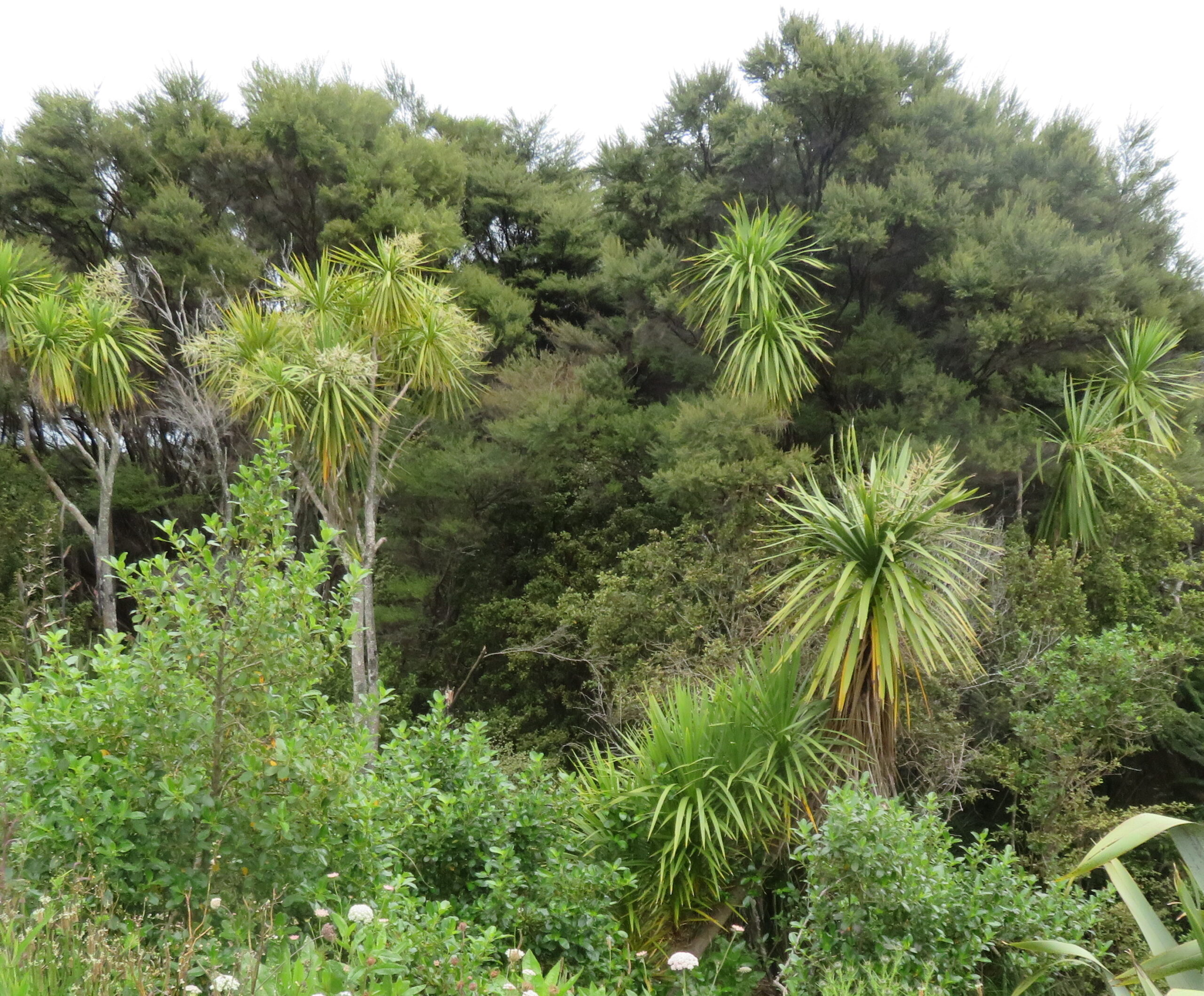
Above: “The Arena”, where the Gahnia Grove methodology trial and restoration project began on May 20th 2018.
Craving wild native vegetation but short on space?
For a miniature wild habitat in a small open space, we can recommend native shrubs, grasses, ground covers and small trees that can be allowed to grow densely together, creating a weed-resistant micro-wilderness of low native tree canopy, understorey and tightly meshed permanent ground cover.
